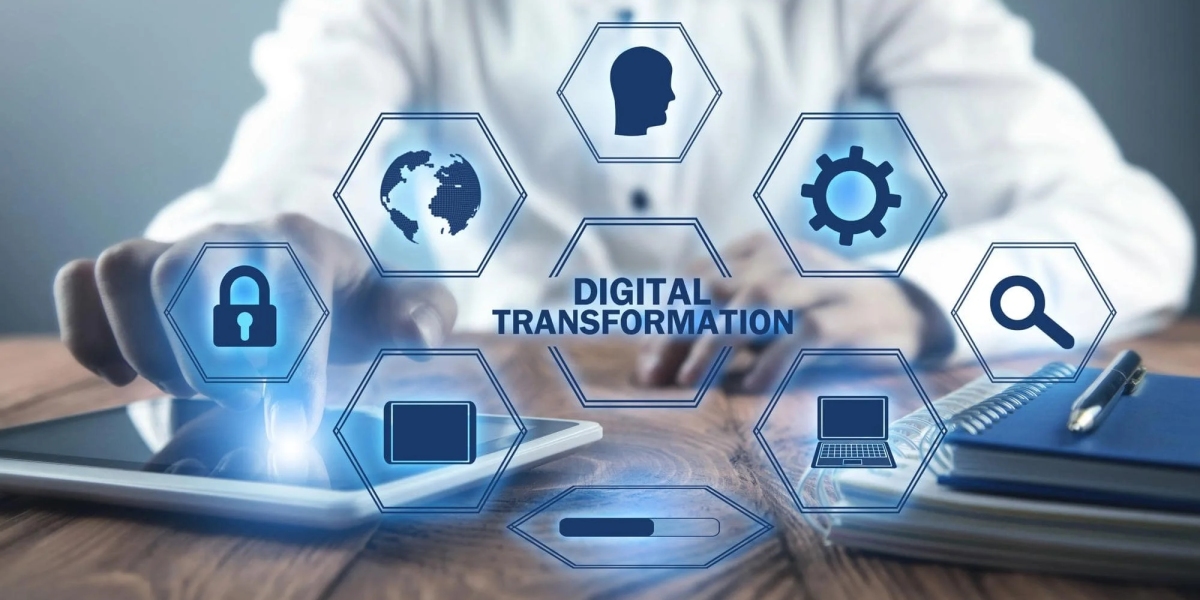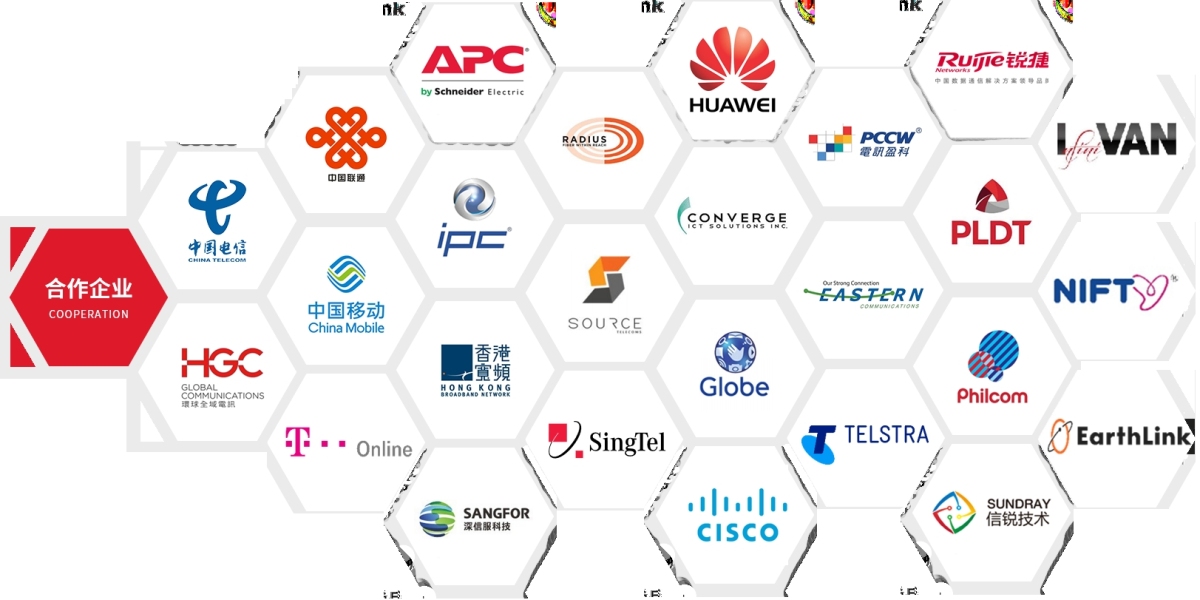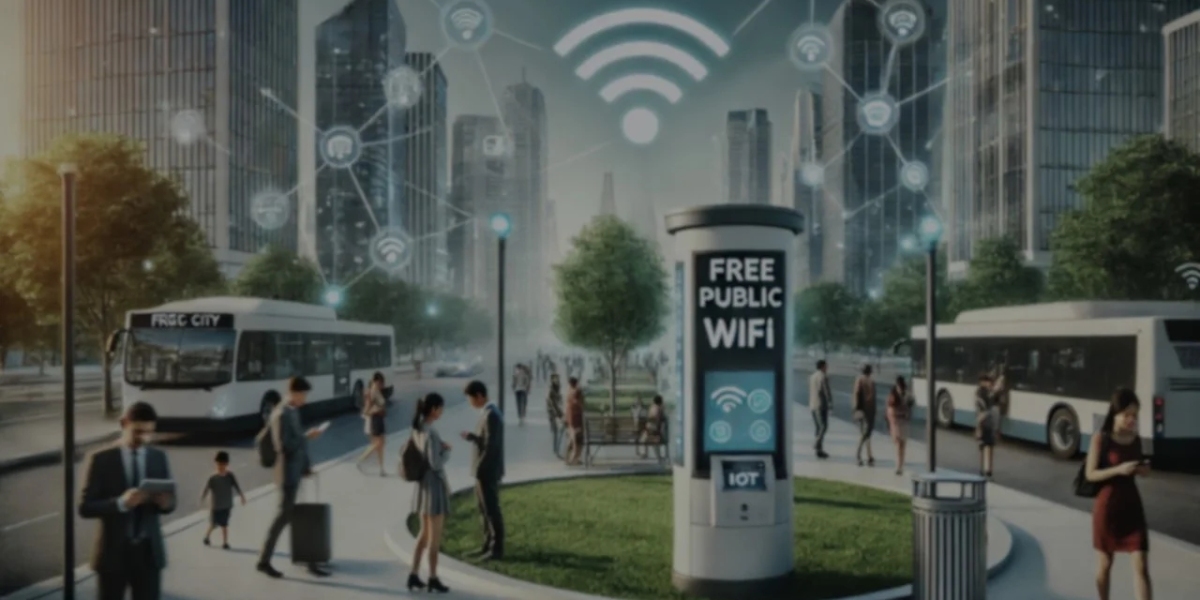Introduction: Why E-Governance Matters for LGUs
Key Features of a Modern E-Governance Platform
Benefits for Citizens, Businesses, and Governments
Notable Implementations in the Philippines
Legal Frameworks, DICT Policies, and Compliance
Step-by-Step Guide to Deploying E-Governance Solutions
Addressing Challenges: Digital Divide, Data Privacy, and Trust
Frequently Asked Questions (FAQs)
Introduction: Why E-Governance Matters for LGUs
In today’s digital era, citizens demand faster, more transparent, and more accessible public services. For local government units (LGUs) in the Philippines, embracing e-governance platforms is no longer optional — it is essential for achieving efficiency, transparency, and inclusive governance.
E-governance refers to the use of information and communication technologies (ICT) to deliver government services online. This includes everything from applying for business permits, paying taxes, filing complaints, accessing social assistance programs, to attending virtual public consultations.
The Shift from Manual to Digital
Traditional LGU operations rely heavily on manual, paper-based processes that are:
Time-consuming and prone to human error
Vulnerable to corruption and inefficiencies
Inconvenient for citizens, especially in remote barangays
E-governance solves these issues by automating workflows, digitizing documents, and creating online platforms for both internal governance and public interaction.
Government Mandates Driving E-Governance
The Philippine government has been pushing for nationwide e-governance adoption through initiatives such as:
RA 11032 – Ease of Doing Business and Efficient Government Service Delivery Act
DICT's E-Government Masterplan (EGMP)
Digital Cities 2025 Initiative
GovCloud.ph and the National Government Portal
These mandates support LGUs in transitioning from legacy systems to cloud-based, interoperable, and citizen-focused platforms.
The COVID-19 Catalyst
The pandemic accelerated the need for digital governance. LGUs were forced to:
Implement online vaccination and contact tracing portals
Provide digital financial aid registrations
Launch mobile apps for health and safety reporting
Many realized that digital systems not only work — but can save time, reduce costs, and expand reach.
Building Smarter Cities from the Ground Up
E-governance platforms are the backbone of smart city ecosystems. They provide the digital foundation for:
Urban planning
Infrastructure monitoring
Smart budgeting and procurement
Data-driven policy making
By digitizing governance processes, LGUs can deliver faster, fairer, and more accountable services — transforming how government interacts with its people.
Key Features of a Modern E-Governance Platform
An effective e-governance platform goes far beyond simply uploading PDFs or forms online. It provides a fully integrated, secure, and user-friendly ecosystem that automates local government functions and empowers both citizens and public servants.
Here are the essential components of a modern e-governance system tailored for Philippine LGUs:
1. Citizen Service Portal
A centralized online platform where residents can access:
Business permit applications and renewals (eBPLS)
Real property tax payments (RPTax)
Birth, death, and marriage certificates
Barangay clearances and IDs
Social welfare program applications
This front-facing interface simplifies service delivery and enhances convenience.
2. Online Payment Integration
E-governance platforms support digital payment gateways (e.g., GCash, PayMaya, Landbank LinkBiz) for:
Taxes and fees
Parking fines and violations
Market stall rentals and business dues
This eliminates the need for physical queuing and reduces opportunities for bribery or under-the-table payments.
3. Workflow Automation for Internal Offices
The system digitizes back-office processes such as:
Routing of requests and documents
Department-level approvals and notifications
Real-time status tracking and logs
Digital archiving and paperless documentation
With automation, transactions become faster, more traceable, and less prone to human error.
4. Integrated Case and Complaint Management
Citizens can submit complaints (e.g., noise, road damage, garbage collection) through the portal or mobile app. Features include:
Ticket creation and assignment
Photo/video upload
Response deadlines
SMS/email updates to complainants
This empowers communities to participate in governance and fosters accountability.
5. eBudgeting and Procurement Modules
Finance departments can use the platform for:
Digital budget proposals and approvals
Expense tracking and audit logs
Integration with the PhilGEPS eProcurement platform
Upload of contracts, purchase orders, and supplier documents
This ensures LGU spending is transparent, trackable, and aligned with COA guidelines.
6. Document Management and eSignatures
All LGU offices can digitize official records, memos, and reports. Features include:
Searchable digital filing cabinets
eSignature support for department heads and mayors
Version control and retention schedules
Access control by role or office
Paperless governance significantly improves operational efficiency.
7. Mobile-Responsive Interface
Citizens increasingly use smartphones to access services. Platforms must be:
Mobile-friendly and lightweight
Accessible even on low-bandwidth connections
Available as Android apps or PWAs (Progressive Web Apps)
This expands reach, especially for remote or underserved barangays.
8. Analytics and Dashboards
City officials and department heads can view:
Service delivery KPIs
Revenue collection trends
Complaint resolution rates
GIS maps of infrastructure or risk zones
Data visualization supports smarter decision-making and performance tracking.
9. Role-Based Access and Data Security
Each LGU user (e.g., treasurer, IT, HR) gets role-limited access to relevant modules. Security measures include:
Two-factor authentication (2FA)
Encrypted storage and backups
User logs and activity auditing
Compliance with RA 10173 (Data Privacy Act)
10. Cloud Infrastructure Integration
Modern platforms are often hosted on DICT GovCloud, ensuring:
99.9% uptime
Disaster recovery and redundancy
Reduced capital expenditure for servers
Secure, scalable access from any device
These features together enable end-to-end digital transformation for local governments — improving speed, transparency, and citizen satisfaction.
Benefits for Citizens, Businesses, and Governments
The shift to e-governance is not merely a technological upgrade — it's a transformational change that delivers measurable benefits to all stakeholders: citizens, businesses, and local government offices. When designed well, digital platforms drive efficiency, boost transparency, and strengthen the relationship between the people and the public sector.
✅ Benefits for Citizens
Convenience and Accessibility
Access government services 24/7 without leaving home
Use mobile phones for permits, payments, and queries
Eliminate long queues and unnecessary visits to city hall
Faster Processing Times
Automated workflows mean documents are routed in real time
Citizens can track application status and receive digital notifications
Transparency and Trust
Digital receipts, processing time estimates, and real-time feedback tools increase confidence in LGU fairness and efficiency
Reduced Costs
Citizens save on transport, missed workdays, and printing fees
Free access to government records, barangay clearances, etc.
✅ Benefits for Businesses
Simplified Permitting and Licensing
Apply for and renew business permits online
Receive official documents digitally with timestamps
Ease of Compliance
Timely notifications of due taxes, renewal deadlines, and compliance forms
Integration with BIR, PhilGEPS, and DTI platforms for unified processes
Investment Attraction
E-governance signals professionalism and stability
Transparent systems build confidence in the local investment environment
Data Access for Market Intelligence
Public data dashboards allow businesses to analyze demographics, zoning, or traffic flow to guide expansion
✅ Benefits for Local Government Units (LGUs)
Increased Efficiency and Productivity
Elimination of manual data encoding, routing, and archiving
Cross-department coordination and digital routing reduce delays and duplication
Enhanced Revenue Collection
Online payments lead to higher compliance rates
Real-time dashboards help track tax, fee, and permit performance
Better Data for Governance
Use analytics to identify service gaps, budget leaks, or underperforming programs
Evidence-based policy decisions become possible
Reduced Corruption and Leakages
Digital footprints and automated logs reduce discretion and opportunities for “under-the-table” deals
Auditable records support internal and COA review
Disaster and Pandemic Resilience
Continuity of government operations during lockdowns or typhoons
Remote work support for LGU staff via cloud access
Compliance with National Mandates
RA 11032, DILG reporting, and DICT digital transformation programs all require or incentivize automation
E-governance platforms help meet these efficiently
In essence, e-governance delivers a win-win-win: faster services for citizens, ease of doing business, and smarter governance for LGUs. It is the foundation of a digitally inclusive and transparent democracy.
Notable Implementations in the Philippines
Across the Philippines, several forward-thinking LGUs have successfully deployed e-governance platforms — demonstrating how digital transformation can enhance public service, citizen satisfaction, and operational efficiency at the local level.
?? 1. Valenzuela City – “Paspas Permit” System
Valenzuela became the first city in the country to offer real-time business permit issuance through its Paspas Permit platform.
Key Features:
Entire business application completed in under 10 seconds
Online validation of documents and payment integration
Linked to BIR and PhilGEPS
Publicly viewable business registry
Impact:
Recognized by the DILG and DTI as a benchmark model
Boosted ease of doing business ratings
Attracted investments from SMEs and large corporations
?? 2. Quezon City – QC E-Services Portal
Quezon City launched an integrated QC E-Services portal that includes:
Real property tax payments
Online job application for city employment
Health card and sanitary permit processing
Business renewal, birth certificate requests, and more
Highlight:
The city also developed “QCeServices” mobile app for wider reach, especially among youth and small vendors.
?? 3. Cebu City – E-Gov Platform for Public Complaints
Cebu City implemented an internal e-government complaint tracking system that allows citizens to report issues such as:
Garbage collection delays
Streetlight failures
Barangay disturbances
Road obstruction
Each report generates a ticket number and is monitored until resolved.
?? 4. Iloilo City – Cloud-Based HR and Payroll System
Iloilo digitized its Human Resources and Payroll Management, enabling:
Online attendance tracking for employees
Leave application through web and mobile
Automated payroll generation and tax calculations
Performance-based appraisal reports
This boosted staff productivity and removed long manual processes.
?? 5. San Fernando, Pampanga – Permit Management System
The city streamlined building and business permit issuance via a custom web portal.
It features:
GIS map integration for zoning validation
Document uploading and payment validation
Multi-department approval chain with digital signature flows
?? 6. DICT’s eLGU Pilot Program
The Department of Information and Communications Technology (DICT) rolled out a standard e-governance toolkit for LGUs, which includes:
eBPLS (Business Permit and Licensing System)
eSumbong (complaints system)
eRecords, ePayment, and data analytics modules
The program helps smaller cities and municipalities jumpstart digitization with pre-built, government-supported platforms.
?? 7. Province of Bataan – Full Province-Wide E-Governance
Bataan is piloting a province-wide digital governance model that connects 11 municipalities into a single ICT ecosystem.
Inclusions:
Unified citizen IDs
Healthcare referral system
Revenue and treasury data sharing
Centralized command center for service delivery monitoring
This model is being promoted as a template for regional e-governance in the Philippines.
These successful cases demonstrate that e-governance works not only in Metro Manila but also in provincial, coastal, and rural LGUs. With support from the national government, private sector, and local champions, digital governance is achievable at every level.
Legal Frameworks, DICT Policies, and Compliance
For local governments in the Philippines, implementing e-governance is not just a matter of innovation — it is increasingly a legal and policy requirement. National mandates, administrative orders, and digital transformation roadmaps now provide the framework and support for LGUs to modernize operations through secure, interoperable, and inclusive platforms.
✅ 1. Republic Act No. 11032 – Ease of Doing Business (EODB) Law
Signed in 2018, this law compels all government agencies, including LGUs, to:
Automate services where possible
Simplify transactions and shorten processing times
Establish a Citizen’s Charter
Reduce red tape and in-person bureaucracy
Implementation Note:
E-governance platforms help LGUs comply with EODB by automating business permits, tax payments, and citizen applications with clear SLAs (service level agreements).
✅ 2. DICT’s E-Government Master Plan (EGMP)
The Department of Information and Communications Technology (DICT) rolled out the EGMP 2022 and beyond, which outlines how LGUs can align with the national digital vision.
Key Provisions:
Promote interoperability across national and local systems
Expand digital public services via shared cloud infrastructure
Deploy Philippine Identification System (PhilSys) and digital signatures
Use GovCloud.ph as the standard hosting environment for e-government apps
✅ 3. DILG Memorandum Circulars
The Department of the Interior and Local Government (DILG) regularly issues Memos guiding e-governance implementation:
MC No. 2020-077: Encourages the adoption of eBPLS
MC No. 2021-074: Calls for digital records and tracking systems
MC No. 2022-034: Pushes for digital tax payment portals
DILG also provides tools like the LGU Performance Challenge Fund (PCF), which LGUs can use to finance digital transformation initiatives.
✅ 4. National Privacy Commission (NPC) Guidelines
All LGUs must comply with RA 10173 – The Data Privacy Act of 2012, especially when handling personal data through online platforms.
Requirements for LGUs include:
Appointment of a Data Protection Officer (DPO)
Conducting Privacy Impact Assessments (PIA)
Secure data handling policies
User consent mechanisms for data collection
Public privacy notices and breach protocols
Failure to comply can lead to sanctions, complaints, or citizen mistrust.
✅ 5. Philippine Digital Infrastructure Policies
Through collaboration with the DICT and NTC, LGUs are encouraged to support:
Common tower initiatives to boost internet connectivity
Fiber and wireless network expansion in public facilities
Free Wi-Fi zones in barangays and public markets
Use of cloud-based services for scalability and disaster resilience
These digital infrastructure developments are foundational to any e-governance rollout.
✅ 6. COA Rules on Digital Procurement and Finance
The Commission on Audit (COA) mandates the traceability and auditability of government transactions — a requirement that digital systems help fulfill. Platforms must maintain:
Digital logs of payments, approvals, and transactions
Archived electronic documents with timestamps
Secure access for internal and external auditors
This builds confidence in LGU financial discipline and transparency.
✅ 7. e-Government Interoperability Framework (eGIF)
The eGIF is a DICT-issued standard that ensures compatibility and data-sharing among systems used by national and local governments.
LGUs are expected to:
Use standard APIs and file formats
Adopt open-source or modular platforms
Avoid vendor lock-in
Align with national digital ID and document systems
These legal and policy instruments not only enable e-governance — they require it. LGUs that proactively comply will benefit from increased funding eligibility, citizen trust, and smoother integration with national services.
Step-by-Step Guide to Deploying E-Governance Solutions
For local government units (LGUs) aiming to digitize their services, a clear, phased approach is essential. Successful e-governance isn’t achieved overnight — it requires planning, training, coordination, and citizen engagement. Below is a proven roadmap for implementing e-governance platforms tailored to Philippine municipalities and cities.
✅ Step 1: Identify Goals and Priority Services
Start by defining the main objectives of your e-governance initiative. Common priorities include:
Automating business permits and tax collection
Providing online access to social services
Digitizing document workflows across departments
Action: Conduct a baseline digital readiness assessment, including an audit of existing processes and citizen pain points.
✅ Step 2: Form a Digital Governance Task Force
Establish a cross-functional working group that includes:
IT and MIS personnel
Treasurer and budgeting offices
Department heads (e.g., health, planning, engineering)
Legal and data privacy officers
Public Information Office (PIO)
This team will manage the selection, deployment, and performance monitoring of the e-governance platform.
✅ Step 3: Secure Budget and Possible Grants
E-governance implementation can be funded through:
LGU General Fund or Supplemental Budget









